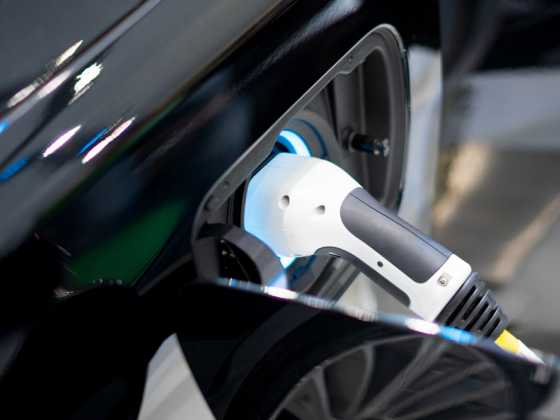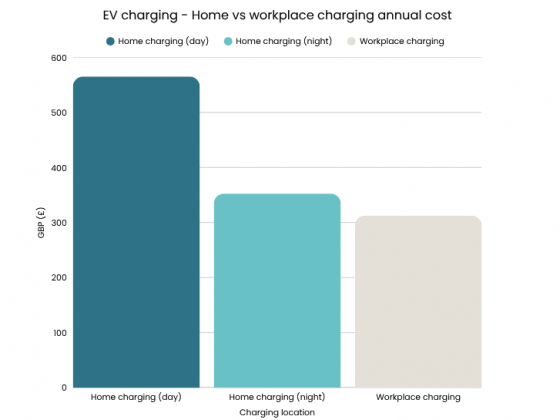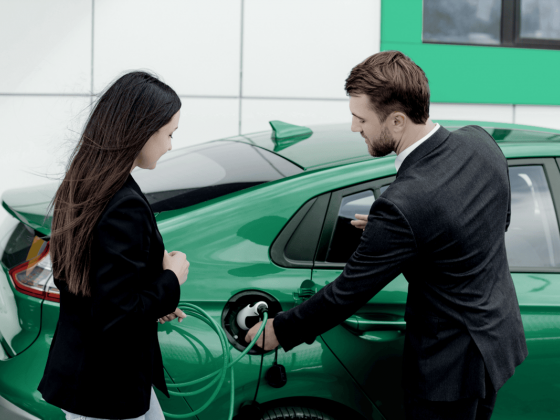Tritium launches 'plug and charge' electric vehicle technology
Tritium has launched a 'plug and charge' solution, which enables an electric vehicle and charger to communicate and authorise payments directly from the driver’s account, without the need for a card or RFID tag. The Tritium offer is available for charge point operators to deploy on Tritium’s PK350kW DC High Power Chargers.
The idea is that drivers will be able to approach a charger, regardless of the charging network operator, and their charge session will be automatically and securely billed from the moment the charger plug connects to the vehicle.
“This firmly and irreversibly tips the convenience scales to the recharging experience over the refuelling experience,” said James Kennedy, Chief Technology Officer and co-founder, Tritium. “It’s going to be as simple as how we charge our phones, but with the added benefit of charging our bank accounts at the same time.
“There is no more need for a membership card or even to swipe a bank card at a terminal; this is the first and most secure iteration available to the market and, once deployed to critical mass, will render any former payment process as archaic.”
Kennedy says the Tritium Plug and Charge solution is more secure than the former card-swipe or RFID tag payment method.
“A third party, such as Hubject – which provides an automated and secure data exchange enabled by ISO 15118-conforming Public Key Infrastructure – is responsible for cryptographic certifications between the vehicle and the charger, and our technology ensures we are securely storing cryptographic keys on the charger side in a way that other chargers can’t,” he said. “You’re more likely to lose a card and have someone swipe it somewhere than by someone being able to access account details via our Plug and Charge technology.”
Electric vehicles will need a way to secure the vehicle-side cryptographic key which will become common place with emerging models.
“The vehicles will need to have the storage technology built in, in much the same way as paying for something with your smartphone requires NFC technology,” said Kennedy. “Once that becomes the norm, as NFC has, you will see the incidents of Plug and Charge payments skyrocket.”



